
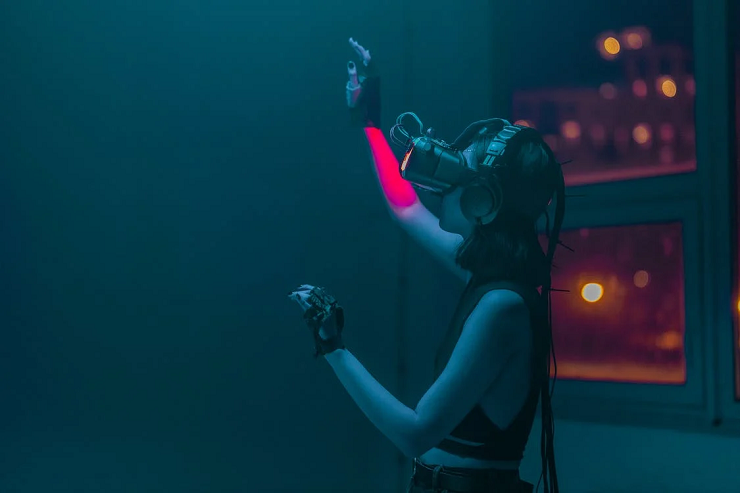
First off, virtual reality has come a long way in recent years. With the advent of powerful computers, sophisticated headsets, and immersive controllers, gamers can now experience virtual worlds in once unimaginable ways. It’s no longer just a niche market for hardcore enthusiasts; VR has the potential to become a mainstream gaming platform.
So, what’s next for VR gaming? Here are a few possibilities:
As with any technology, hardware will continue to improve. We expect to see even more powerful computers, higher-resolution headsets, and more advanced controllers. This will allow even more immersive experiences with better graphics, sound, and haptic feedback.
VR has the potential to be a highly social platform. Imagine hanging out with friends in a virtual world, playing games, watching movies, or just chatting. We already see some early examples, such as the popular VR game VRChat. As VR technology improves, we can expect more social VR experiences that allow us to connect with others in new and exciting ways.
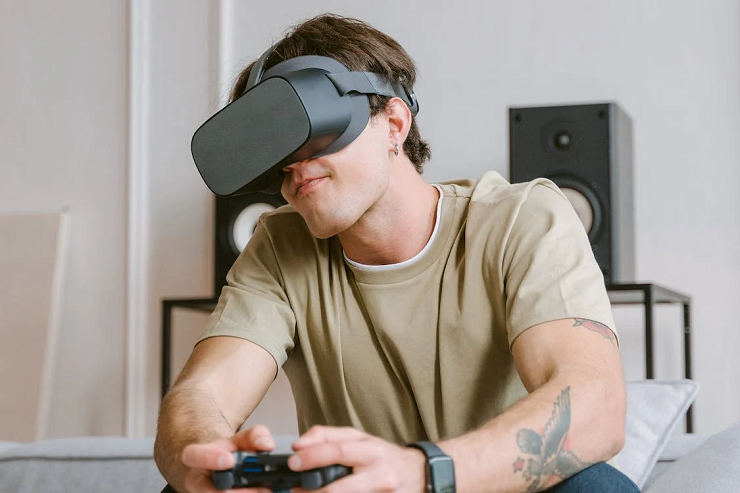
One of the most exciting possibilities of VR is its potential to create highly realistic simulations. This could be used for training purposes, such as military or medical simulations, or for entertainment, such as sports or extreme activities. With VR, we can experience things we might not be able to do in real life, from flying a plane to exploring the ocean’s depths.
While VR completely immerses us in a virtual world, AR overlays virtual objects onto the real world. We’ve already seen some early examples of AR with games like Pokemon Go, but there’s much potential for more advanced AR experiences. Imagine playing a game in your living room, with virtual enemies popping up all around you.
While VR has come a long way, it’s still not accessible to everyone. Some people might find the headsets uncomfortable or experience motion sickness, while others might not have access to the necessary hardware. As VR technology improves, we can expect more accessible and affordable options that allow more people to experience virtual reality.
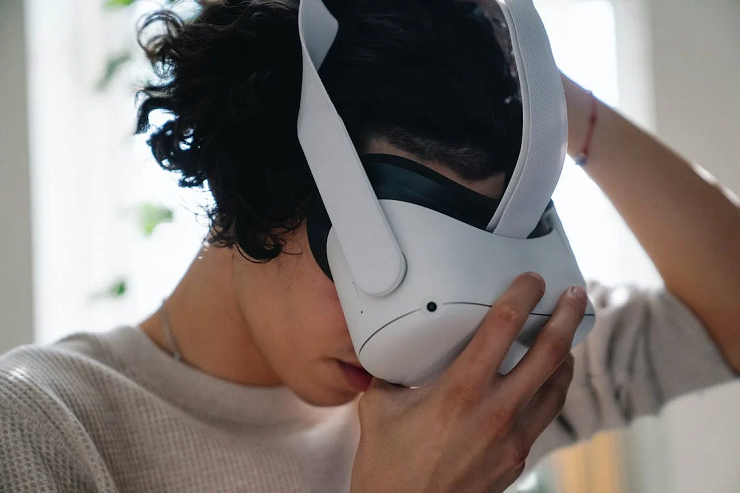
With VR being a relatively new platform, some limitations exist regarding cross-platform gaming. However, as VR becomes more mainstream, we can expect to see more cross-platform games that allow players to connect regardless of their chosen VR headset or platform.
VR can integrate with other technologies to create even more immersive experiences. For example, haptic feedback technology could be used to simulate the sensation of touch, smell-o-vision technology could affect scents, and even brain-computer interfaces could be used to control the virtual world with our thoughts.
With the potential for more realistic simulations and expanded accessibility, we can expect to see new genres of games emerge in the VR space. For example, educational games teach users about history, science, or therapeutic games that help with anxiety or other mental health conditions.
As VR becomes more social, we can see in-game economies emerge. This could include virtual currencies, trade, and even virtual businesses. Some VR games, like Second Life, have already experimented with this concept, but we can expect it to become even more prevalent.
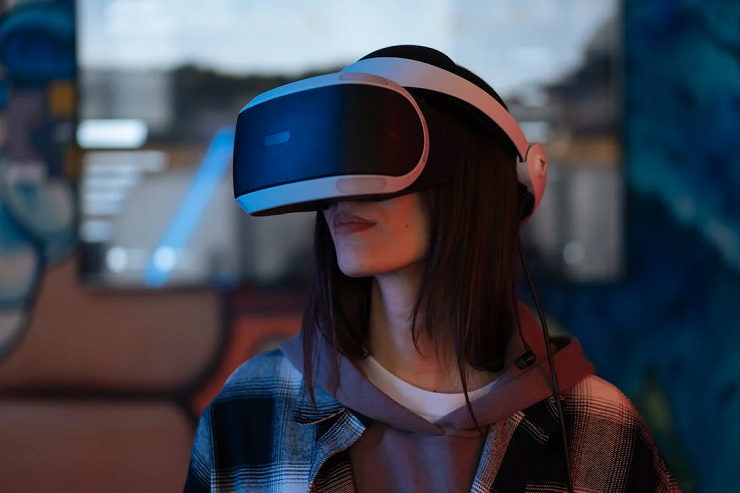
As with any new technology, there are ethical considerations. For example, how do we ensure that virtual experiences are safe and don’t cause harm? How do we prevent addiction to VR? These are essential questions to consider as we continue to push the boundaries of what’s possible with virtual reality.
VR can integrate beyond gaming, such as education, healthcare, and entertainment. For example, VR could be used in medical training to simulate surgeries or architecture to visualize building designs. This opens up new possibilities for VR beyond just gaming.
As AI technology advances, we expect to see more intelligent and lifelike NPCs (non-playable characters) in VR games. This could lead to more complex and dynamic game worlds that respond to the player’s actions in new and exciting ways. Additionally, AI could create more personalized experiences, tailoring the game to the player’s preferences and skill level.
As VR becomes more social and accessible, we can expect more collaborative experiences to emerge. This could include co-op games where players work together to achieve a goal or even virtual team-building exercises for remote workers.
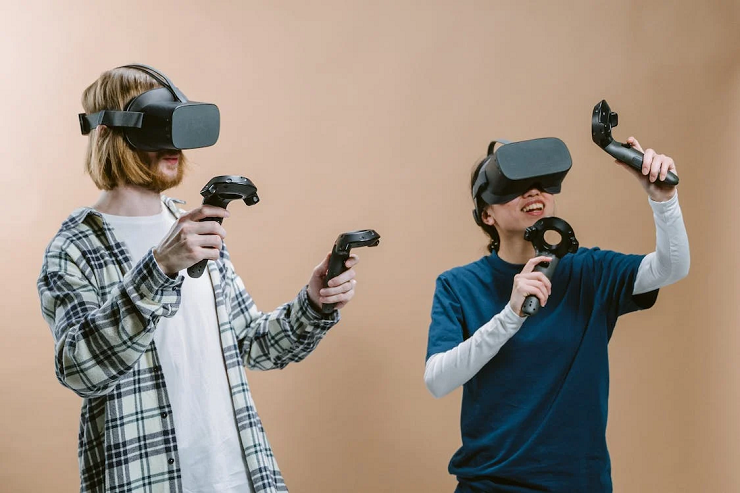
With the ability to create highly detailed and immersive game worlds, VR has the potential to take ecological storytelling to the next level. Rather than relying on cutscenes or dialogue, game developers can use the environment to tell a story and create a more immersive experience for the player.
With VR’s ability to simulate physical activities, we can expect more games promoting physical fitness and exercise. This could include games that simulate sports, martial arts, or dance. Additionally, VR could be used in rehabilitation and physical therapy to help patients recover from injuries or surgeries.
Overall, the future of VR gaming is looking very exciting. We can expect to see more immersive, social, and realistic experiences that push the boundaries of what’s possible. Of course, there will also be challenges along the way, such as ensuring accessibility and addressing concerns around motion sickness. But with continued innovation and development, VR has the potential to revolutionize the gaming industry and beyond.

I’m a Nerd and very proud of it! I love to write about anything Tech related. Subscribe to our blog for helpful tips, tricks & news.




